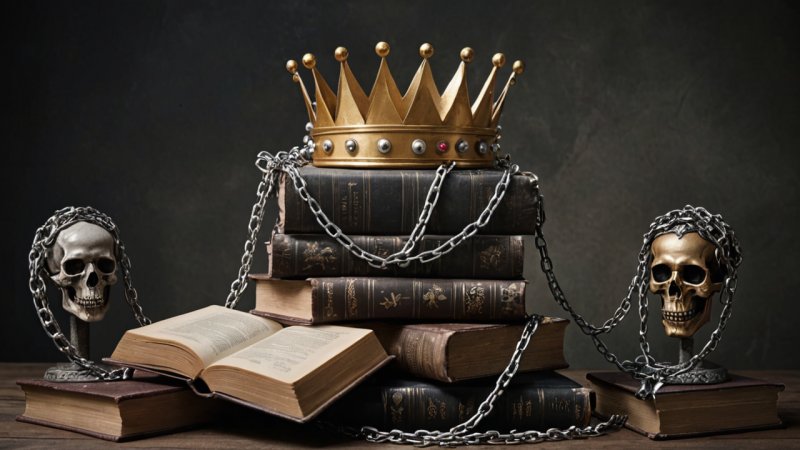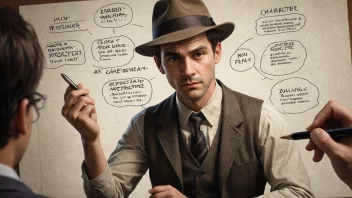Introduction
Understanding the theme of power dynamics in fiction narratives can deepen your appreciation of literature and enhance your analytical skills as a reader. This article will guide you through the process of exploring power dynamics in your favorite fictional works, examining how authors portray relationships of power, influence, and control. By following these steps, you will be equipped to identify and analyze the intricate power plays within various narratives.
Step 1: Choose Your Texts
Begin by selecting a few texts that are known for their exploration of power dynamics. This could include classics, contemporary novels, or even short stories. Here are some suggestions:
- 1984 by George Orwell
- The Handmaid's Tale by Margaret Atwood
- Pride and Prejudice by Jane Austen
- The Hunger Games by Suzanne Collins
- The Great Gatsby by F. Scott Fitzgerald
As you choose your texts, consider a variety of genres and time periods to see how power dynamics manifest differently across contexts.
Step 2: Read Actively
As you read, pay attention to the relationships between characters and the structures of power within the narrative. Ask yourself the following questions:
- Who holds power in this narrative?
- How is power exerted or challenged?
- What social, economic, or political structures influence these power dynamics?
- How do characters respond to power? Are they compliant, resistant, or indifferent?
Take notes on your observations, focusing on key passages that illustrate these dynamics.
Step 3: Analyze Character Relationships
Examine the key relationships within the story. Look for:
- Power hierarchies (e.g., ruler vs. subject, parent vs. child)
- Manipulation and coercion
- Alliances and betrayals
- Gender dynamics and their impact on power
Consider how these relationships evolve throughout the narrative and what they reveal about the theme of power.
Step 4: Explore Symbolism and Motifs
Literature often utilizes symbols and motifs to represent power dynamics. Look for:
- Objects (e.g., a crown, a key, or a weapon)
- Settings (e.g., a throne room, a prison, or a family home)
- Recurring themes (e.g., freedom vs. oppression)
Analyze how these symbols enhance your understanding of power structures within the narrative.
Step 5: Contextualize the Work
Understanding the historical, cultural, and social context in which a work was written can provide valuable insights into its treatment of power dynamics. Research:
- The author's background and intentions
- The time period's social hierarchies and issues
- Influential events or movements that may have shaped the narrative
Consider how this context informs the characters' struggles for power and the overall message of the text.
Step 6: Discuss and Reflect
Engage with other readers through discussions, book clubs, or online forums. Share your insights about power dynamics and listen to others' perspectives. This collaboration can broaden your understanding and foster a deeper appreciation of the texts.
Reflect on what you've learned about power dynamics and how they resonate with contemporary issues, both in literature and in real life.
Conclusion
By following these steps, you can effectively explore the theme of power dynamics in fiction narratives. Start by selecting your texts, reading actively, analyzing character relationships, and investigating symbolism. Contextualize the work within its time and engage in discussions to enrich your understanding. Literature is a mirror of society, and examining power dynamics will not only enhance your reading experience but also deepen your grasp of the world around you.






